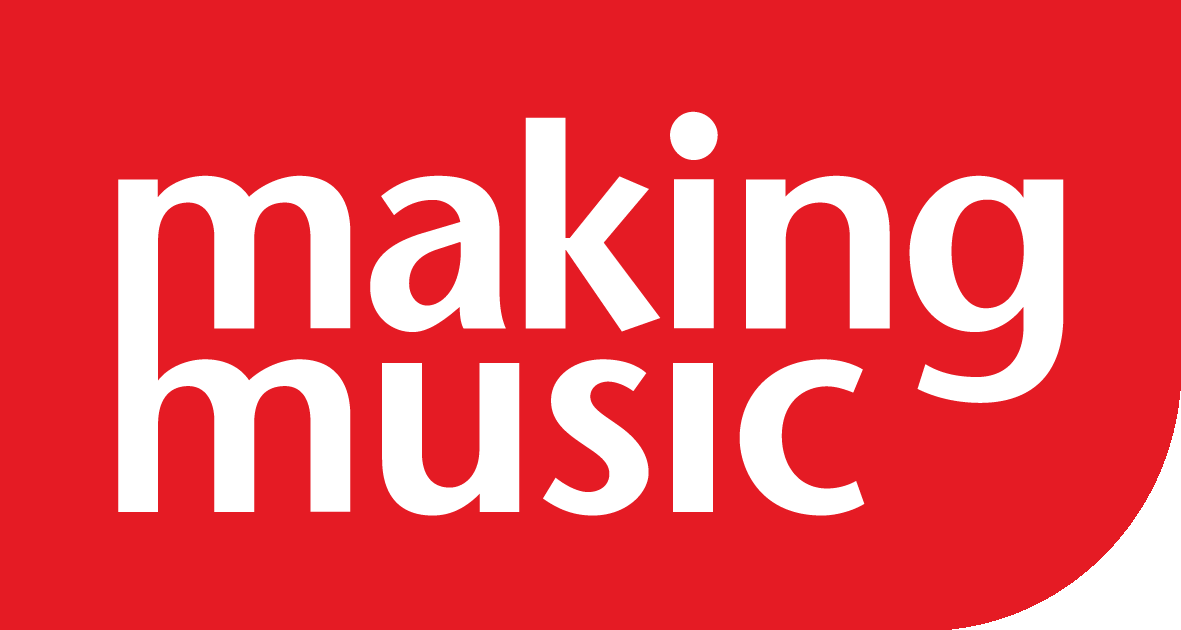It can be done! How to recruit differently
Our CEO, Barbara Eifler, explains how, two years ago, Making Music started re-imagining its staff recruitment processes to be as fair, unbiased, inclusive and accessible as possible.
Making Music employs 18 staff; 14 hybrid based around a London office, the other four remote. Changing how we recruit that team is an ongoing story, but perhaps the chapters so far may be of interest to others.
What we have learnt:
- It’s not about size or resources - it is about thinking processes through and finding ways of doing things that work for us; this was, actually, easier than we had thought
- To allow more time before we advertise a job; we save that time later because we have thought through the job requirements and criteria thoroughly
- To achieve team diversity takes time, especially if you’re small and have (desirably!) low staff turnover
- Diversity can only be achieved if new and different people come into a workplace which has an inclusive work culture, so we started working on that simultaneously
What we did first
We introduced an online application form, removing personal details for the two people doing the shortlisting.
I discovered a flaw: I gravitated towards candidates who wrote applications in a way I found appealing, although that wasn’t a role requirement. Not great for diversity of thinking: we want people who challenge us, not 'mini-me's.
Therefore, we introduced task-based applications which focus on applicants’ potential, rather than their past opportunities (which some candidates may have lacked, e.g. due to disability or socio-economic background).
But only using tasks was a bit scary, so the first time we asked applicants to complete three tasks, but also to give us information about their education and experience. We only had five applicants - but we interviewed all four eligible ones and were able to appoint very happily. It made us realise we needed to make our job adverts visible to a wider range of people. We are making progress with that: 62 applications for the most recent role.
We also introduced a survey to capture applicant demographics; it guarantees anonymity, analyses results and enables us to chart progress. More candidates are completing this than our old monitoring form which might have had them worrying that their name and form would be connected. And there is a growing diversity in applicants: a wider spread of backgrounds, more candidates with disabilities, a greater range of parental occupations at age 14, etc.
In the background
Before starting this work, we were already selecting candidates for interview based on job descriptions and person specifications, asking only for essential skills and knowledge specific to a role. At the interview, all candidates are asked the same questions and scored against pre-agreed criteria.
There are always two people doing the main interview, the line manager and one other manager; and then a second short informal chat with two other members of staff who are as different as possible from the main interviewers (e.g. gender, age, team), to gain a fresh perspective.
What next?
After that first time recruiting by tasks we became braver, focusing on tasks only, requesting information on education and experience only once the shortlist had been made.
But there were challenges:
- Recruiting a Finance Manager was problematic - a qualification was required; and designing tasks not easy. Only two roles at Making Music require a qualification, so in future that will be asked for, alongside the three tasks.
- We cannot apply for (government) Disability Confident Employer status because we cannot take positive action: we know nothing about candidates except their responses to tasks, so we can’t negatively discriminate against them – but not for them either.
So the next time, our shortlisters produced a 'longlist' of eight to ten candidates (from the three application tasks). The longlisted were then asked for their education and experience, and also: Please tell us if you have experienced barriers to employment opportunities in the past due to a protected characteristic under the Equality Act 2010 [listing them] or due to your socio-economic background.
Shortlisters used the second stage information (without the 'barriers' question) to arrive at a set of five interview candidates. If undecided between two candidates, they are asked to take positive action by selecting the candidate for interview who had experienced barriers.
That is where we are now, but work is continuing: recently, we realised we left too little time for the longlist to send us the second stage information, potentially disadvantaging people with e.g. caring responsibilities and/or certain neurodiversities. And to stop us 'guessing' people’s ages, we are now only asking for up to 15 years’ of work or other relevant experience.
We will also trial sending not just the first, but all interview questions in advance, but depending on the post: for team members who need to be able to respond to queries in the moment, we need to understand how they react, potentially under pressure, so they will continue to be tested with questions they won’t have had beforehand. Ah, and after candidates for the latest vacancy used some AI tools to complete the tasks, we now have a plan on how to deal with that…
So you can see this really is a work in progress.
But we’re getting there, if an (unsolicited) quote from a recent applicant is anything to go by:
'I just wanted to say that your application process was really impressive in how it was structured and I was really inspired by the accessibility of it, as well as the initial tasks were presented in a way that had less emphasis on educational background and experience. I felt this is a really great way to eliminate bias in terms of class and background.'

